The Story of Ruby Bridges: A Trailblazer in the Civil Rights Movement
The story of Ruby Bridges
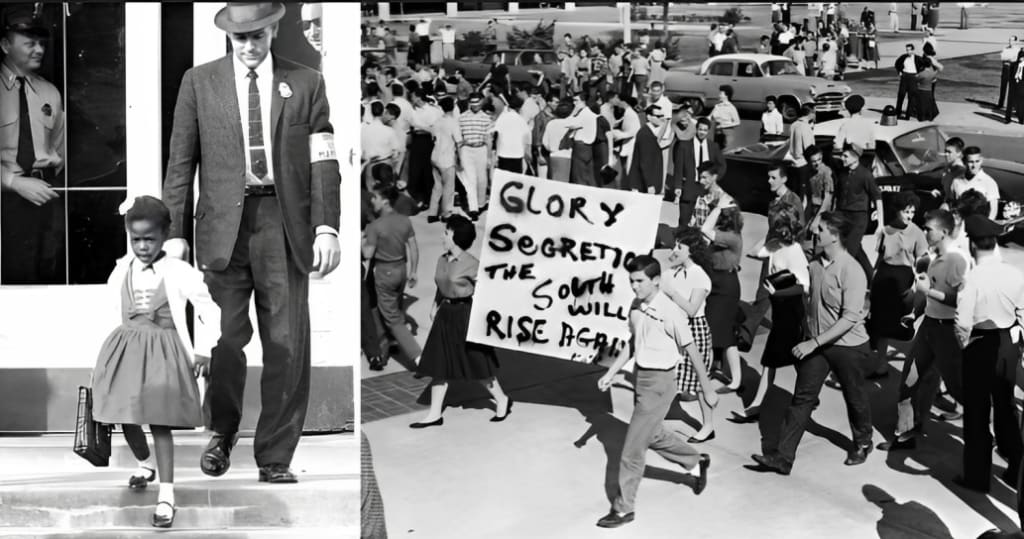
In 1960, Ruby Bridges made history at the young age of six by becoming the first Black student to attend the all-white William Frantz Elementary School in New Orleans. This placed her at the forefront of the civil rights movement. Unfortunately, her reception at the school was far from cordial.
Upon arriving for her first day of first grade, Bridges was met with hostility from a group of racists who threatened her life. As a child, she struggled to comprehend the situation and initially did not realize that the mob was targeting her. However, the ongoing harassment she endured throughout the school year eventually frightened her.
The Beginning
On September 8, 1954, Ruby Bridges was born to Lucille and Abon Bridges, who worked as farmers in Tylertown, Mississippi. At the time of her birth, the Supreme Court had recently issued the landmark ruling in Brown v. Board of Education, which declared racial segregation in public schools unconstitutional.
Although the Bridges family did not yet realize it, this decision would have a significant impact on their lives.
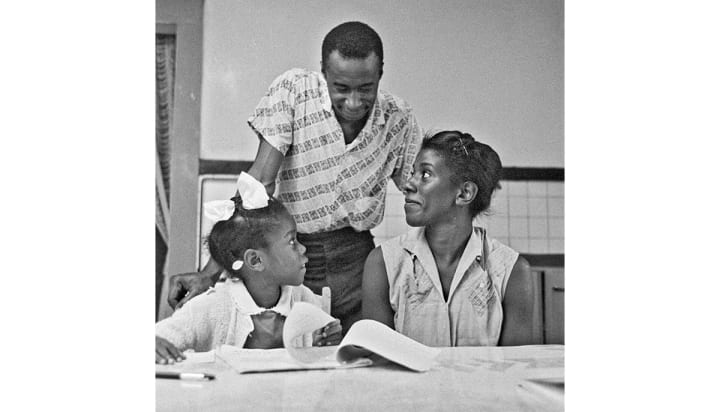
Even after the Brown v. Board ruling, many schools in the United States continued to be segregated based on race. Similarly, when Ruby Bridges and her family moved to New Orleans, she attended a segregated kindergarten.
However, Black families in the city put pressure on local government officials to comply with the Supreme Court decision. In 1956, Judge J. Skelly Wright ordered the Orleans Parish school board to desegregate the schools in the city.
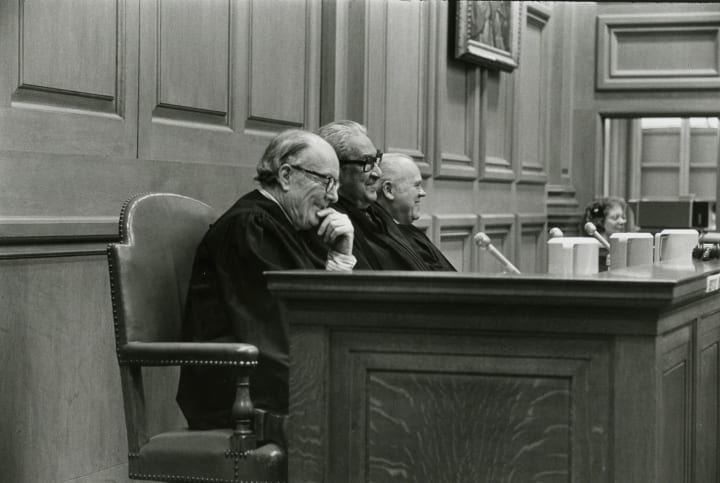
Despite resistance from segregationists in the government, their efforts to maintain segregation were unsuccessful. However, they were able to convince Judge Wright that Black students would need to apply to transfer to white schools, rather than the other way around. The purpose of this requirement, according to the Equal Justice Initiative, was to limit desegregation as much as possible.
Nevertheless, 137 Black students applied to transfer to white schools, but only five were accepted, including Ruby Bridges.
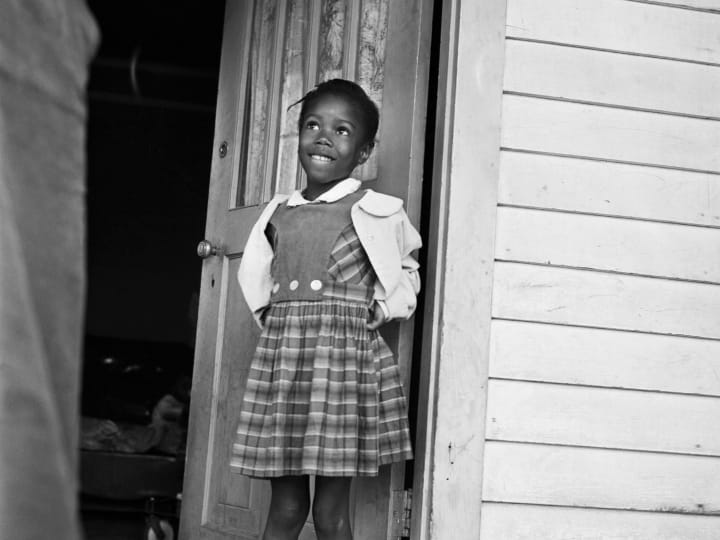
Initially, Ruby Bridges' parents were hesitant to allow her to attend a white school due to the anti-civil rights protests that had already occurred, and the fear for their daughter's safety was justified.
Moreover, they found out that Bridges would be the only Black student enrolled at William Frantz Elementary School. Other Black students who were eligible to transfer either opted to remain at their segregated schools or were transferred to other newly integrated schools. Consequently, Bridges would be isolated in many ways.
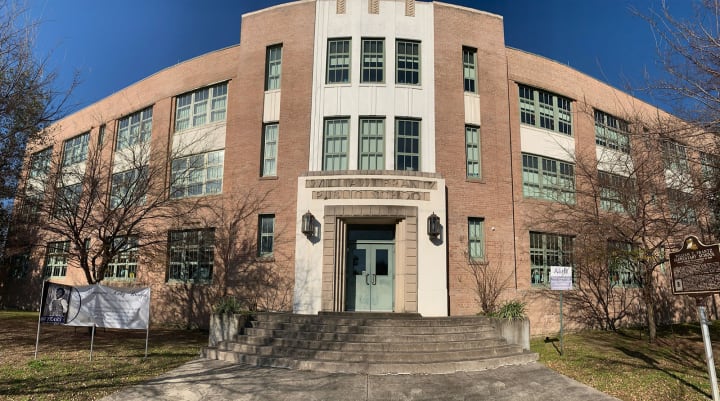
However, Ruby Bridges' mother ultimately decided that they should not let this opportunity go to waste. She was determined to provide her daughter with a better education than what she and her husband had received.
November 14, 1960
November 14, 1960, marked a historic day in the life of six-year-old Ruby Bridges as she walked towards William Frantz Elementary School. However, her first day at the new school was quite peculiar in several ways, and she struggled to understand why.
When Bridges arrived at William Frantz Elementary School, she was accompanied by four federal marshals, which was an unprecedented measure for her. Additionally, she was greeted by a loud and angry mob of white protesters positioned just outside her classroom.
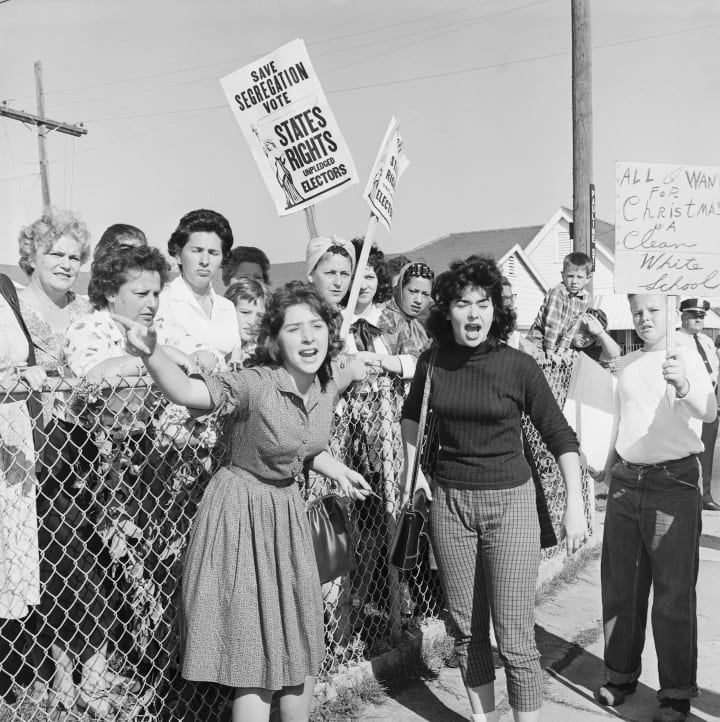
Unbeknownst to Bridges, a local citizen's council had urged people to "do something" before "burr-heads are forced into your schools." Consequently, a hostile group of white picketers surrounded the school's entrance, brandishing signs with racist messages and segregationist slogans.
The mob verbally assaulted Bridges, shouting death threats as she walked by.
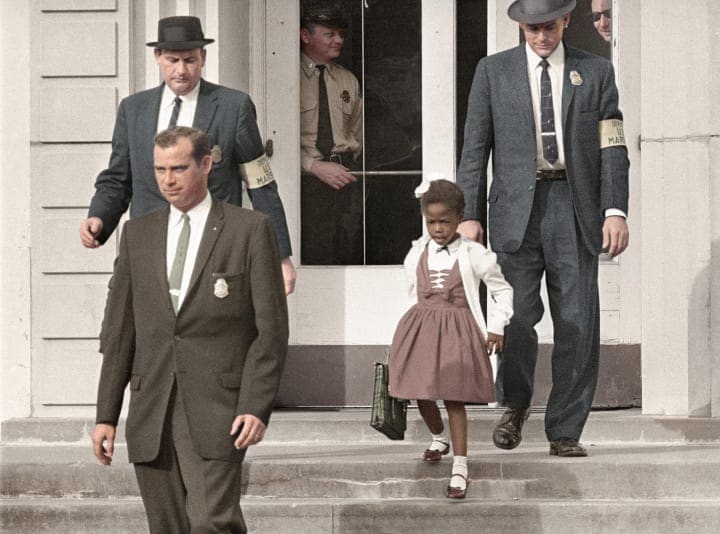
Once Bridges arrived at the school, she was taken to the principal's office, where she spent most of the day.
Meanwhile, angry white parents started withdrawing their children from the school one by one. By the end of the first week, only three white families remained at William Frantz Elementary School, and none of the white children shared a classroom with Bridges.
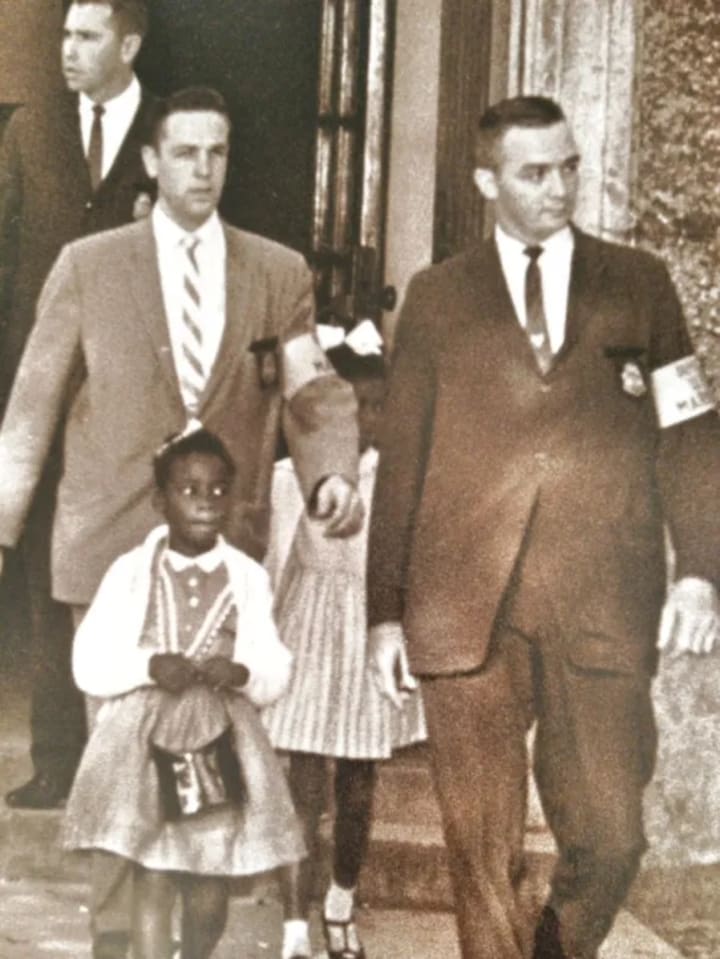
In addition to the students and parents who protested against Bridges' enrollment, all of the teachers at William Frantz Elementary School, with the exception of one, Barbara Henry, refused to teach Bridges.
Despite the challenges she faced during her first grade, Bridges persevered and completed the year. The following year, when she began second grade, her experience was relatively normal. By then, other students had joined her class, mostly white but with a few other Black children as well.
Moreover, the angry crowds that had previously gathered outside the school were no longer present. Desegregation continued, and the civil rights movement gained momentum throughout the 1960s.
Ruby is now 68, still a civil right activist.
References:
Ruby was the first Black child to desegregate her school. This is what she learned
About the Creator
Rare Stories
Our goal is to give you stories that will have you hooked.
This is an extension of the Quora space: Rare Stories
X(formerly Twitter): Scarce Stories
Official Bookstore: davidkellertruecrime
Writers:
....xoxo
Enjoyed the story? Support the Creator.
Subscribe for free to receive all their stories in your feed. You could also pledge your support or give them a one-off tip, letting them know you appreciate their work.






Comments
There are no comments for this story
Be the first to respond and start the conversation.